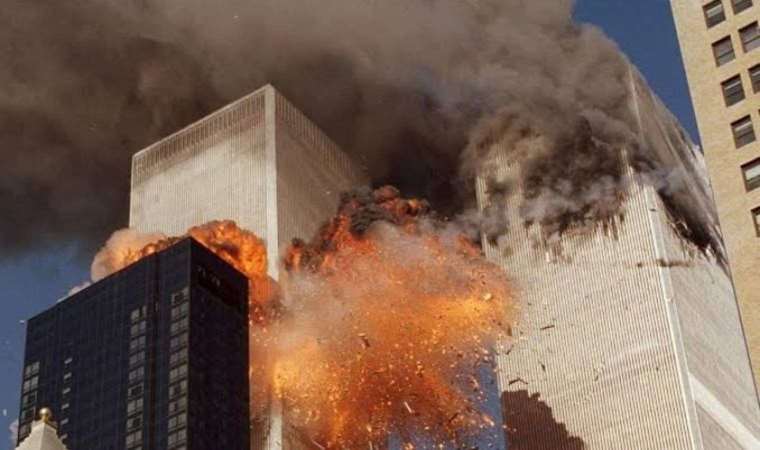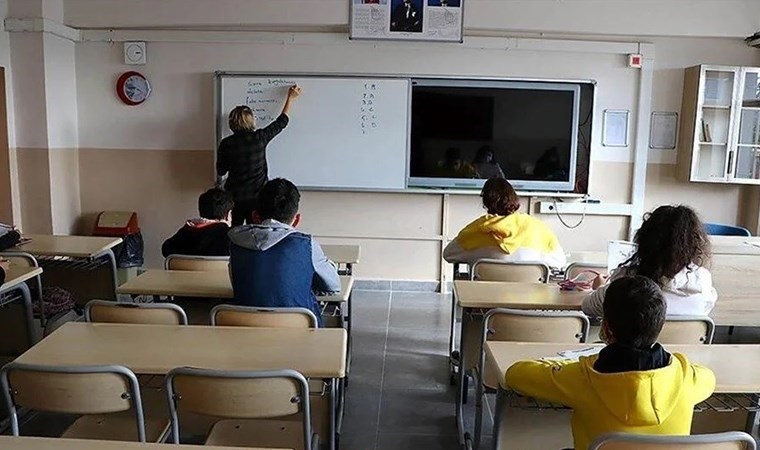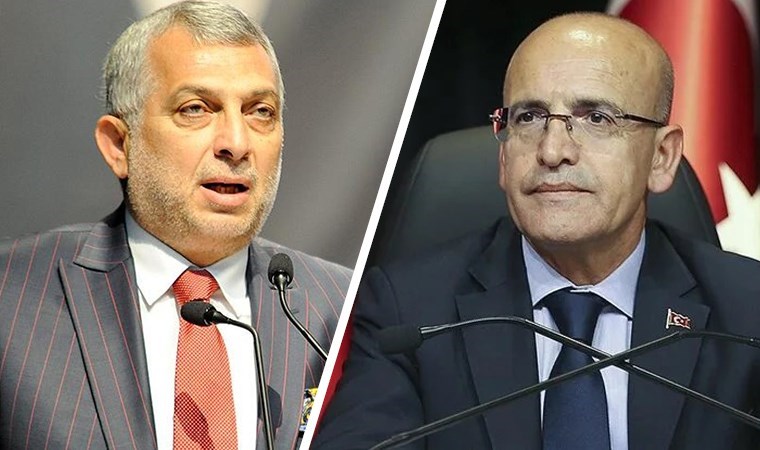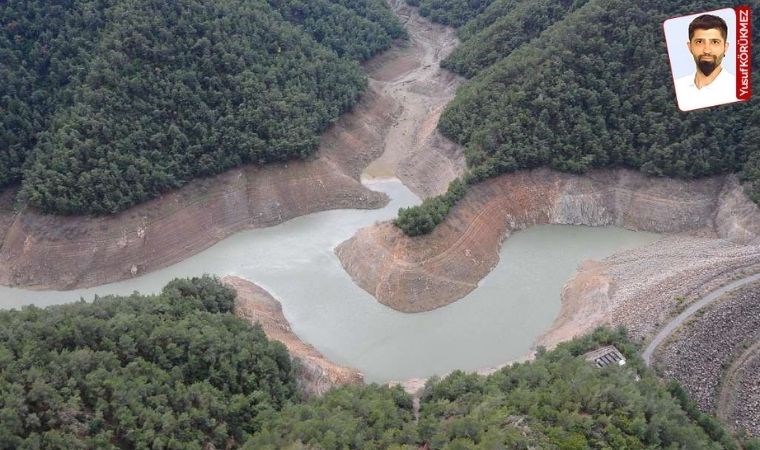Brief recap of 9/11 terror attacks, global fallout
US forces remain embroiled in global operations to end threats posed by terror groups.

Twenty-two years ago, Americans across the country found themselves in varying states of shock, disbelief, horror and anger.
For many, the early-morning news that a plane had crashed into the World Trade Center dealt a blow not felt in their lifetimes. The attack on American soil was the first since Japan launched a surprise strike on Pearl Harbor 60 years prior.
But then came news of another passenger plane hitting a second World Trade Center skyscraper. And then another struck the Pentagon. The attacks unfolded in rapid succession as panic filled the nation.
Shortly after the Defense Department was struck, the US moved to close all airspace in a bid to curtail further strikes.
Just minutes later, passengers aboard United Airlines Flight 93 rushed toward the cockpit of their aircraft in an effort to wrest control of the plane from al-Qaeda hijackers. About five minutes thereafter the plane would jackknife into an empty field in Shanksville, Pennsylvania, killing all onboard.
In New York City, hundreds would jump or fall to their deaths from the North Tower, the first World Trade Center building that was struck. The images remain a stark reminder of the desperation and loss felt that day.
The chaos was compounded as the two World Trade Center towers collapsed in lower Manhattan, sending an ashen poisonous dust cloud across the borough and into neighboring Brooklyn with long-term health effects for first responders and those trying to escape the tragedy.
Nearly 3,000 victims would lose their in the attack with thousands more injured. About 400,000 others were exposed to the carcinogenic dust cloud, particularly firefighters and police who worked tirelessly to rescue as many survivors as possible.
THE GLOBAL WAR ON TERROR
The US would go on the march to stamp out al-Qaeda and all nations who provided terror groups with safe harbor as then-President George W. Bush boldly proclaimed nine days after the attacks: “Either you are with us, or you are with the terrorists.”
“From this day forward, any nation that continues to harbor or support terrorism will be regarded by the United States as a hostile regime,” Bush said during a joint address to Congress, putting the US squarely on a war footing.
“The only way to defeat terrorism as a threat to our way of life is to stop it, eliminate it, and destroy it where it grows,” he added.
Roughly three weeks later, the US would launch the opening salvo against the Taliban after the hardline group refused to hand over al-Qaeda leader Osama bin Laden, the self-professed 9/11 mastermind, and other al-Qaeda operatives.
The Global War on Terror had officially begun.
It would take the US and allied forces just two months to bring the Taliban’s control of Afghanistan to an end, but bin Laden would elude capture.
Roughly two-and-a-half years after the invasion began, Defense Secretary Donald Rumsfeld would declare an end to “major combat” operations in Afghanistan, but the US would not formally withdraw from the war-torn nation for an additional 18 years amid the relentless bloody conflict that could not secure the future of the internationally-recognized government in Kabul.
The Taliban would rapidly close in on the Afghan capital in August 2021 as US and international forces hastily withdrew, marking their return to control in the impoverished nation.
WAR İN IRAQ
While the war in Afghanistan would ultimately prove to be the longest in US history, the Iraq war and its fallout would result in active hostilities that continue to this day.
The war began in March 2003, less than two years after the US invaded Afghanistan.
Washington led yet another international coalition in its effort to oust Iraqi strongman Saddam Hussein on allegations that he was developing an illicit weapons of mass destruction program. But those charges, made before the UN Security Council by then-Secretary of State Colin Powell, proved false.
“My colleagues, every statement I make today is backed up by sources, solid sources. These are not assertions,” Powell told the Council one month before the invasion. “What we're giving you are facts and conclusions based on solid intelligence.”
No chemical or biological weapons were ever found despite robust investigative efforts after Saddam and his military were eliminated. Powell later reflected that the speech was his singular greatest regret during his decades of public service.
But even with the longtime Iraqi leader removed from power, there was no reprieve from hostilities. A post-war insurgency would form against the international coalition, bringing with it sporadic, bloody fighting that largely came to define the US occupation, which did not end until 2011.
But war’s legacy would not conclude with the US exit.
GUANTANAMO AND TORTURE
As the wars in Afghanistan and Iraq flared, another battle was being waged beneath the surface -- a shadow war that included secretive renditions of terror suspects, torture, CIA black sites and the now infamous military prison at Guantanamo Bay, Cuba.
Hundreds would be swept up in the intelligence effort, many of whom were subject to what was colloquially referred to as “enhanced interrogation” -- a euphemism for what many, including the US Senate, have concluded was torture.
The Senate Intelligence Committee’s more than 500-page report on the CIA’s actions, released in redacted form in 2014, was nothing short of a full-scale indictment that lambasted the intelligence agency for its actions, as well as its efforts to minimize the extent of the abuses by lying about the program’s effectiveness.
“CIA personnel, aided by two outside contractors, decided to initiate a program of indefinite secret detention and the use of brutal interrogation techniques in violation of U.S. law, treaty obligations, and our values,” Committee Chairwoman Dianne Feinstein wrote in the report.
“It is my personal conclusion that, under any common meaning of the term, CIA detainees were tortured. I also believe that the conditions of confinement and the use of authorized and unauthorized interrogation and conditioning techniques were cruel, inhuman, and degrading. I believe the evidence of this is overwhelming and incontrovertible,” she added.
The report brought to light systemic, widespread abuses perpetrated by CIA officers, including the now infamous practice of waterboarding, placing detainees in extended periods of stress positions, sleep deprivation and punitive forced rectal feeding and rehydration.
It further said the CIA’s justifications for the program, based on its alleged effectiveness, were “inaccurate.” A review of 20 cases used by the agency to justify the enhanced interrogation techniques found that there was either no link between torture that was used and counterterrorism successes, or found that the CIA falsely claimed a correlation between the intelligence it gained and the methods used.
The report determined that in such cases the intelligence was either gained from a detainee prior to interrogation or was already available to the CIA from other sources.
BİN LADEN KİLLED A DECADE AFTER AFGHANİSTAN WAR BEGİNS
Nearly 10 years after the US began its invasion of Afghanistan in the hopes of killing the 9/11 mastermind, it would finally catch up to bin Laden. Ultimately, the al-Qaeda leader was not found in Afghanistan where he had been holed up in the aftermath of the Sept. 11, 2001 terror attacks.
He was discovered across the border in the Pakistani city of Abbottabad, residing in a sprawling compound less than 1 mile from the country’s premier military academy.
The raid was largely based on intelligence gleaned from a CIA operation set up at a neighboring safe house where the agency was able to identify an al-Qaeda courier who proved pivotal to ascertaining bin Laden’s location.
On May 2, 2011, a pair of previously unknown modified Black Hawk stealth helicopters crossed the Pakistani border, flying fast and low as they closed in on bin Laden’s safe house. As soon as they reached their target, US special operations forces rapidly disembarked, entered the compound and killed the al-Qaeda leader, and took his body for confirmation.
He was subsequently buried at sea after a positive identification was made in what marked the most significant US victory in the war on terror.
ISIS AND THE FOREVER WAR
But the milestone proved short-lived with the rise of a new terror threat in Iraq that far surpassed the dangers posed by al-Qaeda.
The ISIS terror group grew to global prominence in 2014 when it declared its self-styled caliphate, drawing adherents from around the globe who traveled to Iraq and Syria as its territorial control grew.
At its height, ISIS controlled one-third of Syria and 40% of Iraq amid widespread instability, claiming major cities including Mosul and Raqqa and bringing with it an iron-fisted fundamentalist rule that attracted people from around the world.
While it no longer lays formal claim to any territory in either country following an international military campaign led by the US, the terror group maintains cells in the region and has grown to include affiliates as far afield as West Africa and Afghanistan.
To this day, American forces are engaged in efforts around the world aimed at ending threats posed by ISIS, and al-Qaeda.
There is no end in sight.

En Çok Okunan Haberler
-
 Mükemmel koca olan 4 burç
Mükemmel koca olan 4 burç
-
 Savunma sanayi firmalarının ürünleri, Din dersinde!
Savunma sanayi firmalarının ürünleri, Din dersinde!
-
 Kadınları 'çarşaf'a çağırdılar
Kadınları 'çarşaf'a çağırdılar
-
 Metin Külünk'ten, Şimşek'e 'fotoğraflı' uyarı
Metin Külünk'ten, Şimşek'e 'fotoğraflı' uyarı
-
 Erdoğan'ın ABD ziyareti ertelendi!
Erdoğan'ın ABD ziyareti ertelendi!
-
 Hazine ve Maliye Bakanlığı’ndan KDV zammı
Hazine ve Maliye Bakanlığı’ndan KDV zammı
-
 İşte 'yeni müfredat' taslağı...
İşte 'yeni müfredat' taslağı...
-
 Arda Güler ilk 11 çıktı ve golünü attı!
Arda Güler ilk 11 çıktı ve golünü attı!
-
 Tekkede mürit mi yetiştiriyorsunuz?
Tekkede mürit mi yetiştiriyorsunuz?
-
 Korhan Berzeg’i arama çalışmalarında yeni bulgu!
Korhan Berzeg’i arama çalışmalarında yeni bulgu!

















